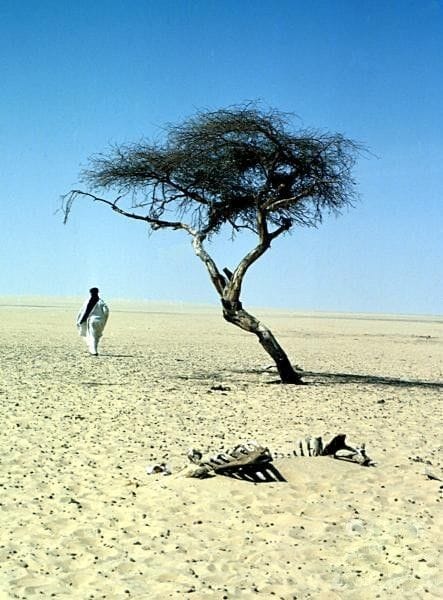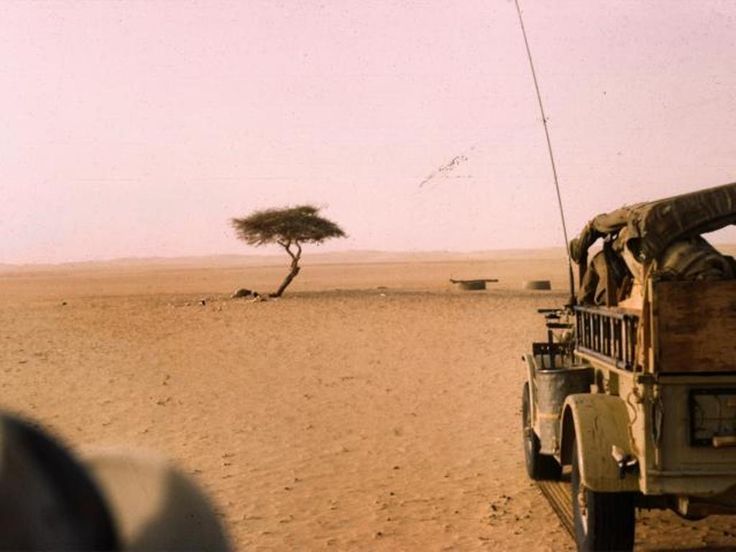In the heart of the Sahara Desert once stood the Tree of Ténéré, a solitary acacia tree that had become an almost mythical symbol of survival and endurance.
Located in northeastern Niger, it was the only tree for over 400 kilometers (250 miles) in any direction, standing alone in one of the most desolate and inhospitable regions on Earth. Despite the harsh conditions, its roots tapped into a deep underground water source, allowing it to thrive where no other vegetation could.
For nomads and travelers, it was more than a tree — it was a landmark, a guiding point, and a quiet testament to resilience in the face of overwhelming adversity.

This remarkable tree, dubbed “the loneliest tree in the world,” met a tragic and almost absurd end in 1973 when a Libyan truck driver, reportedly drunk, struck it with his vehicle and snapped it in two.
The event shocked many around the world, as it seemed almost impossible to hit the only tree for hundreds of miles by accident. The remains of the tree were taken to the National Museum of Niger in Niamey, and a simple metal sculpture now marks the spot where it once stood.
Its story continues to resonate as a poignant reminder of how even the most enduring symbols of nature can fall victim to human recklessness.









